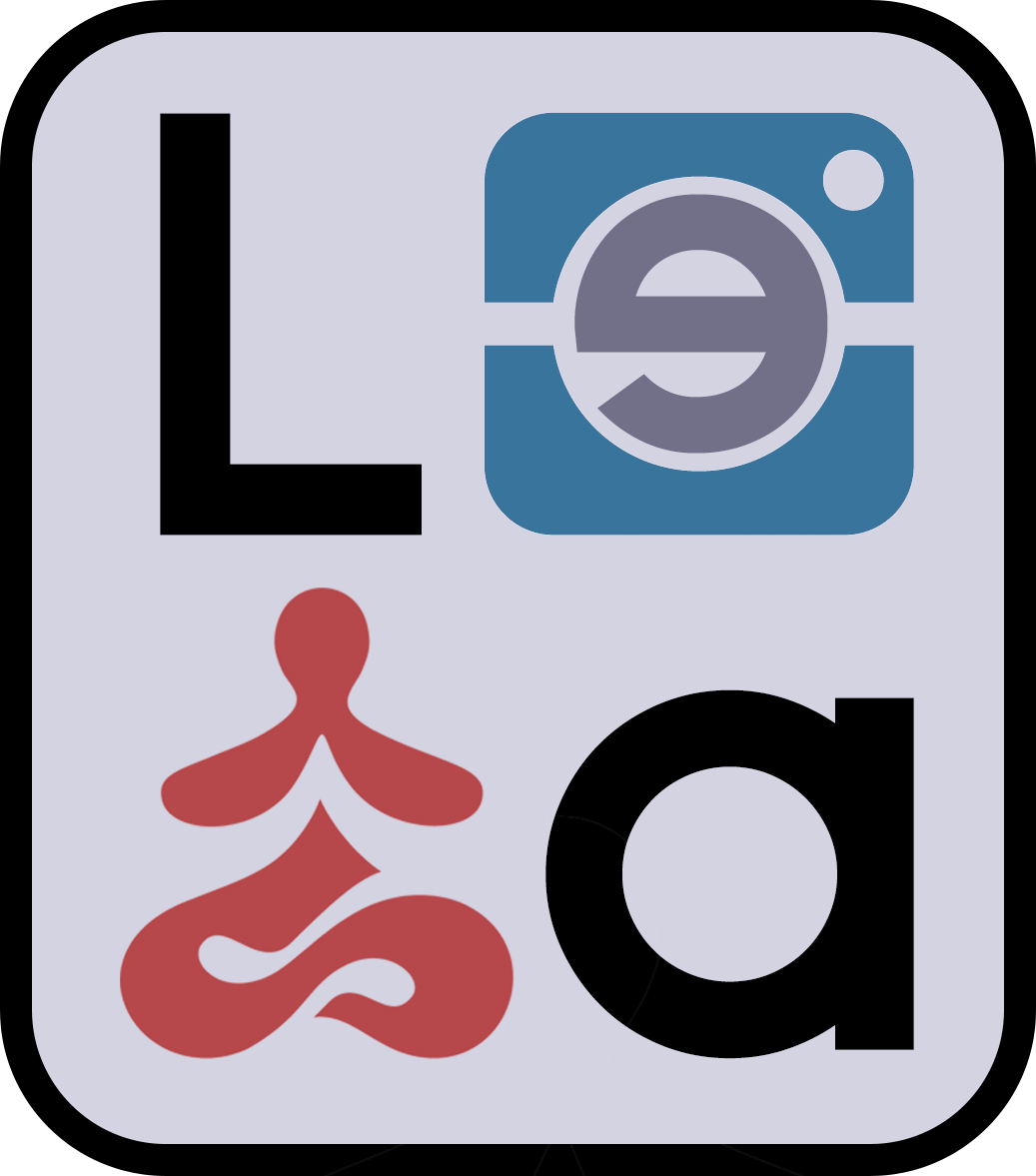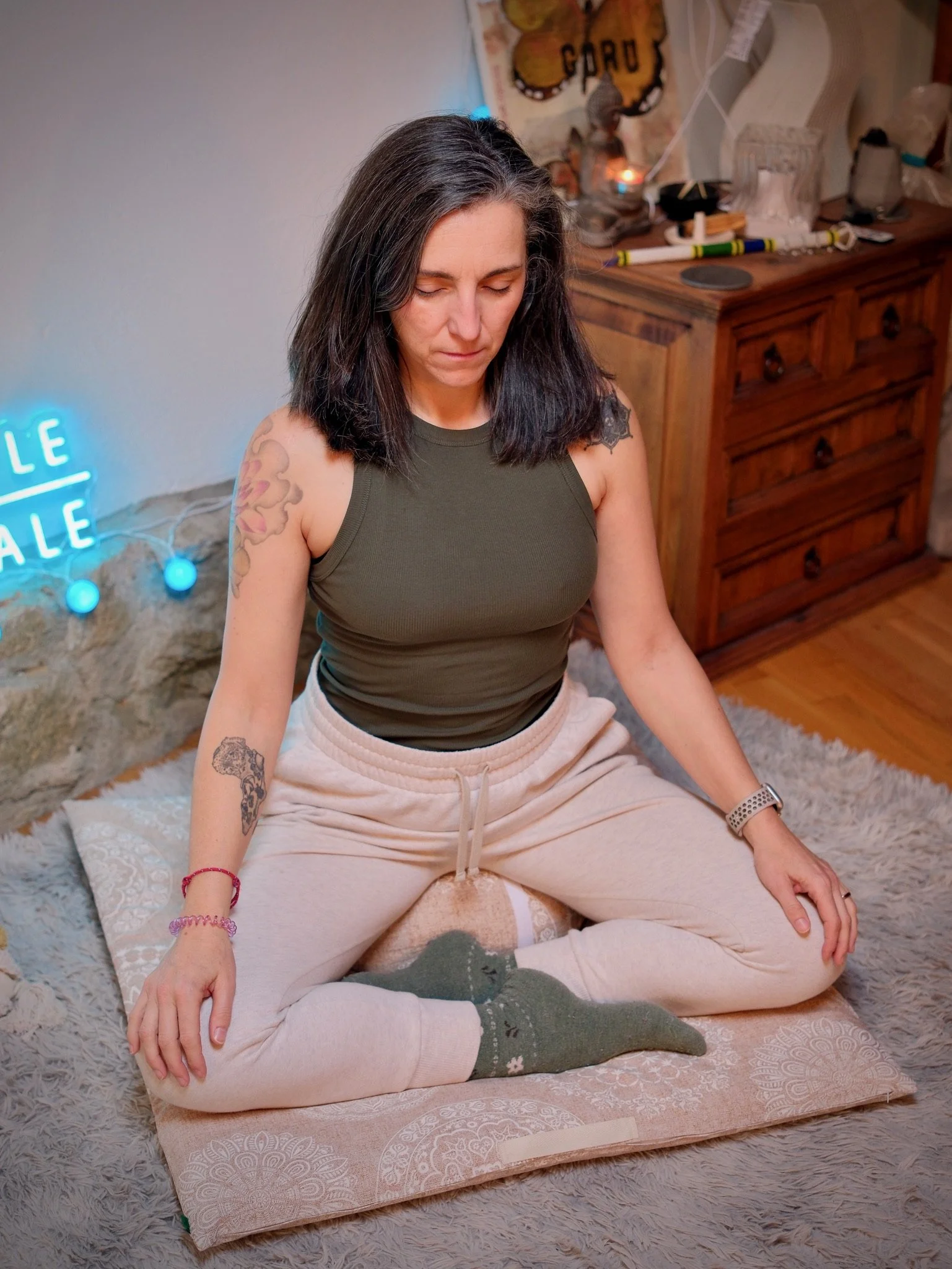Jaw and Pelvic Floor: The Connection That Changed How I Feel My Body
For years, I thought the tension in my jaw was just stress or poor posture at the computer. What I didn’t realise was that the tightness I felt from clenching my teeth was closely connected to another part of my body that also stored a lot of tension: the pelvic floor. Yes, that part we rarely talk about, but which literally holds much of our vital energy.
Ever since I began practising Yin Yoga, I’ve started to discover fascinating things about my body. One of the most revealing has been this connection between the mouth and the pelvis. And today, I want to share it with you, because I believe it might help you as much as it’s helped me.
But what do the jaw and the pelvic floor have in common?
It might seem like they have nothing to do with each other. They’re far apart, separated by many centimetres, but when I started paying attention to how my body reacts, I discovered that when I relaxed one… the other would release as well.
Both areas are made up of muscles with similar functions: they support, contain, activate under tension, and relax when there’s trust. Both are also deeply affected by stress and repressed emotions.
When you’re angry, tense, or afraid, what do you do? You clench your jaw. And often, you also contract your pelvis without even realising. When you’re relaxed, trusting, laughing… your mouth opens naturally, and your body — including your pelvis: relaxes.
Deepening my studies into functional yoga and becoming more conscious of my body, this is how I discovered the connection.
One day, during a very gentle Yin practice, I lay in a butterfly position with my legs open and the soles of my feet together. The teacher guided us to relax the jaw while exhaling through the mouth with a soft “haaaa.” In that moment, I clearly felt something release lower down too. As if by letting go of the jaw, my pelvis said: “Ah, finally.”
Since then, I’ve started playing with this connection often — trying different exercises, investigating, and becoming more aware of this beautiful channel that unites our jaw and pelvis.
This connection exists from the moment we are born; it’s part of how our body is designed. Both the jaw and the pelvic floor are made of muscles that help us feel safe, strong, and supported. They work together more than we might think.
But many of us don’t notice this connection until we start paying attention to our body and perhaps through yoga, breath-work, or relaxation practices.
In short: the connection has always been there; we just become more aware of it as we learn to listen to our body. And I invite you to try it too.
Here are some simple exercises to explore this for yourself:
1. The sigh test:
Sit or lie down comfortably.
Inhale deeply through the nose.
Exhale through the mouth with an audible sigh (“haaaa”).
Do this several times and notice what happens in your pelvis. Does it relax? Soften a little?
2. Jaw and Kegel:
Gently clench your jaw (without hurting yourself) and observe what happens in your pelvic area.
Then completely relax your mouth, let your tongue rest at the base of your mouth, and notice if there’s a shift in your pelvic floor.
3. Conscious massage:
Gently massage the muscles around your jaw while breathing deeply.
Notice if releasing tension here helps your breath drop more into the pelvis or abdomen.
My Experience with Yin Yoga as a Bridge to Release
What fascinates me about Yin Yoga is that it gives us time to listen to the body. Unlike more active practices, this one is not about doing, but about feeling. Holding a posture for several minutes, in silence, without trying to change anything, opens up spaces you didn’t even know were closed.
In poses that open the pelvis, like Swan or Dragon, I’ve literally felt tension leave my body. But if I kept my jaw clenched in those poses, it was harder to let go. Now, whenever I go into a hip opener, the first thing I check is whether I’m clenching my mouth.
I also apply this in my daily life. When I notice I’m tense (in a meeting, in the car, in the queue at the supermarket), I bring my awareness to my jaw and try to relax it. Instantly, I feel my whole body slow down a notch.
Yin Yoga Sequence to Release Pelvic Tension (and Let Go of the Jaw)
Here’s a simple sequence, ideal for the evening or before bed. It takes about 35–40 minutes. Remember to keep your breath soft and allow yourself to let go of control. Play some gentle music if you’d like and keep a blanket nearby.
1. Centring with “haaaa” breath (3 min): Sitting or lying down, exhale through the mouth, releasing the jaw with a soft sound.
2. Child’s Pose with wide knees (5 min): Feel your pelvis soften towards the floor. Release your jaw.
3. Butterfly (5 min): Sitting, soles of the feet together, knees falling outward. Fold forward if you like.
4. Sleeping Swan (5 min each side): Yin variation of pigeon. Use cushions for support if needed.
5. Dragonfly (5 min): Sitting, legs open in a soft V shape. Let the torso rest towards the centre. Feel the inner legs and pelvis release.
6. Savasana with hands on jaw and pelvis (10 min): Lying down, place one hand on your jaw, the other on your lower belly. Breathe into both. Feel the connection.
Close with an Intention
When you finish the sequence, take a moment to observe how you feel. Is there more space in your body? More softness? You can close by saying aloud or silently:
““I release the tension from my body, starting with the mouth and letting it flow to the centre.””
Functional Yoga Changed Everything
Functional Yoga completely changed the way I experience my body. Instead of trying to fit myself into “perfect” shapes, I started to understand that every body is different; bones, joints, mobility, all of it. And that realisation? It was so freeing.
Practising yoga in a more functional way is fascinating because it invites you to explore how a posture ‘feels’ in your body, rather than ‘how’ it looks. It’s not about copying a shape — it’s about discovering what works for you. That shift in focus has made my practice deeper, kinder, and so much more connected.
Since embracing this approach, my yoga practice has improved in every way. I move with more awareness. I feel more confident making adjustments. I trust my body more — and I listen to it much more.
But if I have to thank ‘Functional Yoga’ for one thing, it’s that I’ve stopped judging myself. Now, every time I step on the mat, it feels like I’m having a conversation with my body and not a battle against it.
Functional Yoga taught me that yoga isn’t about poses or perfectly curated sequences; it’s about presence, curiosity, and compassion.
If this topic resonates with you, I’d love to hear about your experience. Have you ever noticed this connection before? Would you like me to do a special class on it?
Much light and compassion,
Aida.
“The pelvis is the centre of gravity and the cradle of life.”


